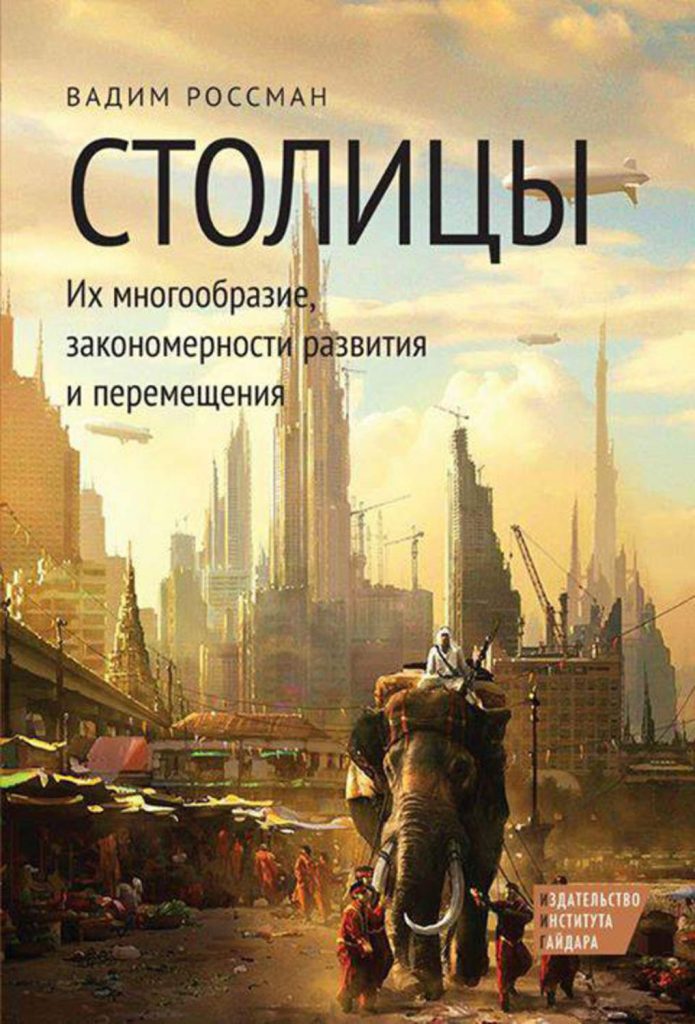
Habitat: How Architecture Affects How We Behave and Feel Well by Colin Ellard
</ p>Canadian

“The city is in the details. How a modern metropolis really works, Roman Mars
</ p>Podcaster Roman Mars suggests perceivingthe city is like an unknown planet with its own laws and unique landscape. At the same time, the author believes that the most amazing thing in megacities is not concentrated inside beautiful buildings, in well-kept parks and fancy bridges, but in buildings and objects that seem familiar and ordinary to everyone. Typical houses, highways, business districts, power lines, vacant lots and landfills... All this almost never ends up in tourist guides, but can tell a lot of interesting things about the city, its history and residents - they are able to report problems, restrictions and dramatic events. The concept of “seeing the hidden” also extends to famous architectural monuments. Obviously, the aesthetics of the massive Art Deco tower of the Chrysler Building are a major achievement. But what is hidden behind this? The unprecedented speed of construction of the building and the ambitions of the rebel architect who designed it.

"Capital Cities. Their diversity, patterns of development and movement”, Vadim Rossman
</ p>Why do countries move their capitals to new ones?cities? Philosopher and orientalist Vadim Rossman thinks this question could not be more relevant, because the governments of more than 30 countries are currently thinking about giving the new city the status of the main one. What is it for? To answer these questions, the researcher turns to past experience. For example, the United States has had at least nine capital cities since its separation from the British Empire began. Moreover, consideration of several options for a new capital continued into the 19th century, when supporters of westward movement advocated moving the capital to another city on the banks of the Mississippi River, suggesting, for example, St. Louis for this role. What lessons can this teach us today and will it help solve the accumulated problems?

"Battle for the cities. How to change our streets. Revolutionary ideas in urban planning, Janet Sadiq-Khan, Seth Solomonov
</ p>Janet Sadik-Khan held the post for more than six yearsCommissioner of the New York Department of Transportation and became one of those pioneers who dared to declare that cities should exist for people, not for their cars. She managed not only to convince her colleagues in the mayor's office of one of the largest and most dynamic metropolises in the world that it was time to change the approach to organizing the movement, but also to put most of her ideas into practice. Thanks to her, the city set a course for environmental friendliness - pedestrian zones, bicycle rentals, and places for recreation were created. Thanks to this, with a minimum expenditure of budgetary funds, the number of accidents and traffic jams has decreased, and the environmental situation has improved. Sadik-Khan's transport reforms proved that a city can be the epicenter of opportunities for personal development, and went down in the history of world urbanism as revolutionary.

"Urban constructor. Ideas and Cities, Vitold Rybchinsky
</ p>In this book, Penn State professorUniversity Witold Rybczynski is looking for an answer to the main question of an urban studies specialist. What is an ideal city? Is it the work of architects and planners, or is it a space that must meet the needs and expectations of the people who live in it? In search of an answer, the expert talks about many eternal problems and the most current trends. For example, about the fashion for “infill” development, about the reconstruction of old buildings, about the requirements for the city in conditions of an environmental crisis, about the influence of government policy on cities, and even about the “alternative history” of megacities. The author emphasizes that in this book he tried to collect everything he learned about urbanism and city development.
And with a special promo codehighsub23 website of the service all readers will receive a 20% discountfor Litres Subscription. It gives access to a catalog of almost 200,000 audio books, their electronic versions, podcasts and lectures that can be listened to and read without limits on the number.
Read more:
A powerful flare erupted on the Sun: it has already affected the Earth
Medieval fortress accidentally discovered in the forest: the find surprised scientists
Scientists have found a new genetic disease in children: how it manifests itself